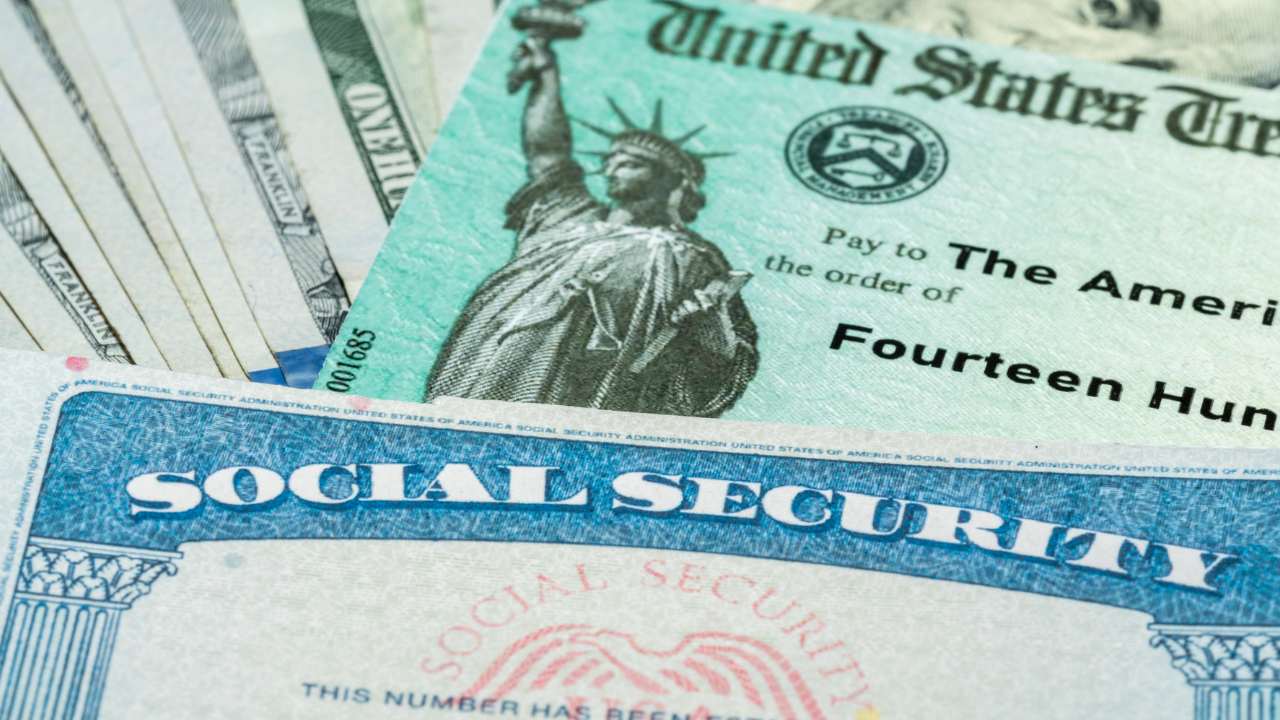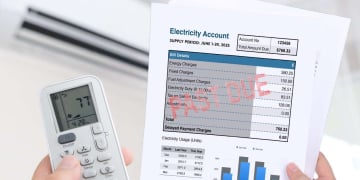The Social Security Administration (SSA) will make the final June payment on June 25th. This deposit applies to beneficiaries born between the 21st and 31st of the month. This disbursement completes the monthly payment schedule for June 2025. The payment cycle will restart in July according to the established schedule.
Maximum benefits reached historic levels following the 2025 cost-of-living adjustment (COLA) of 2.5%. This increase, implemented since January, impacts all payments. For those who retired at age 70, the maximum monthly amount now exceeds $5,100. The annual COLA seeks to maintain purchasing power against inflation, so that recipients do not lose purchasing power.
Social Security payments according to retirement age
The new maximum amounts, following the 2025 COLA, are detailed below. For early retirement at age 62, the maximum monthly benefit is $2,831. Those who opt for retirement at age 67, considered full retirement for those born in 1960 or later, can receive up to $4,018. The highest amount corresponds to deferred retirement until age 70, with a maximum of $5,108 per month.
Receiving the maximum Social Security benefit requires meeting three strict conditions. First, the beneficiary must have worked for at least 35 years. During those years, annual income must meet or exceed the maximum taxable income. By 2025, this limit is set at $176,100.
Second, there cannot be years of low or no income within that 35-year period. Third, claiming benefits must be delayed until age 70. This postponement increases the monthly payment by approximately 8% for each year after full retirement age.
July Social Security payments are coming soon
Most of the June payments have already been distributed, and the July schedule follows the same pattern as every month. No changes are expected for this month, which begins in just a few days:
- July 1: Supplemental Security Income (SSI) payments
- July 3: Those who claimed payments before May 1997, those who live abroad, or those who receive Social Security along with SSI
- July 9: Beneficiaries born between the 1st and 10th (who claimed after May 1997)
- July 16: Beneficiaries born between the 11th and 20th (who claimed after May 1997)
- July 23: beneficiaries born between the 21st and 31st (who claimed after May 1997)
If a payment is not received by the scheduled date, it is recommended to wait three business days. Bank or postal delays may occasionally occur. If after this time frame, the payment still does not appear, you should contact the SSA. The phone number is 1-800-772-1213, available during business hours (according for your local time).
Social Security will suspend paper check payments to 456,000 beneficiaries
The SSA will eliminate paper checks for federal benefits starting September 30, 2025. This measure is permanent and mandates the transition to electronic methods. It affects all payments, including Social Security, SSI, and SSDI. The change is based on a federal executive order.
Approximately 456,000 beneficiaries still receive their monthly payments by physical check. This figure represents about 0.7% of the total 68 million Social Security recipients. Estimates vary slightly between sources, but they are consistent on a small scale. A specific segment of the population will be impacted.
The affected groups often include older adults, residents of rural areas, and people with disabilities. It also affects those without access to conventional bank accounts. Beneficiaries with limited digital capabilities are part of this group. These characteristics define those who still depend on physical means.
The White House justified the decision by citing the increase in mail theft and check fraud during the pandemic. They noted the significantly higher risk associated with Treasury checks. Specifically, they are “16 times more likely to be reported lost or stolen, returned undeliverable, or altered than an electronic funds transfer.”
Beneficiaries must choose one of the authorized electronic methods to receive funds. Valid options are direct deposit into a bank or credit union account. Government prepaid debit cards (Direct Express) and digital wallets are also accepted. Real-time payment systems are another viable alternative.




